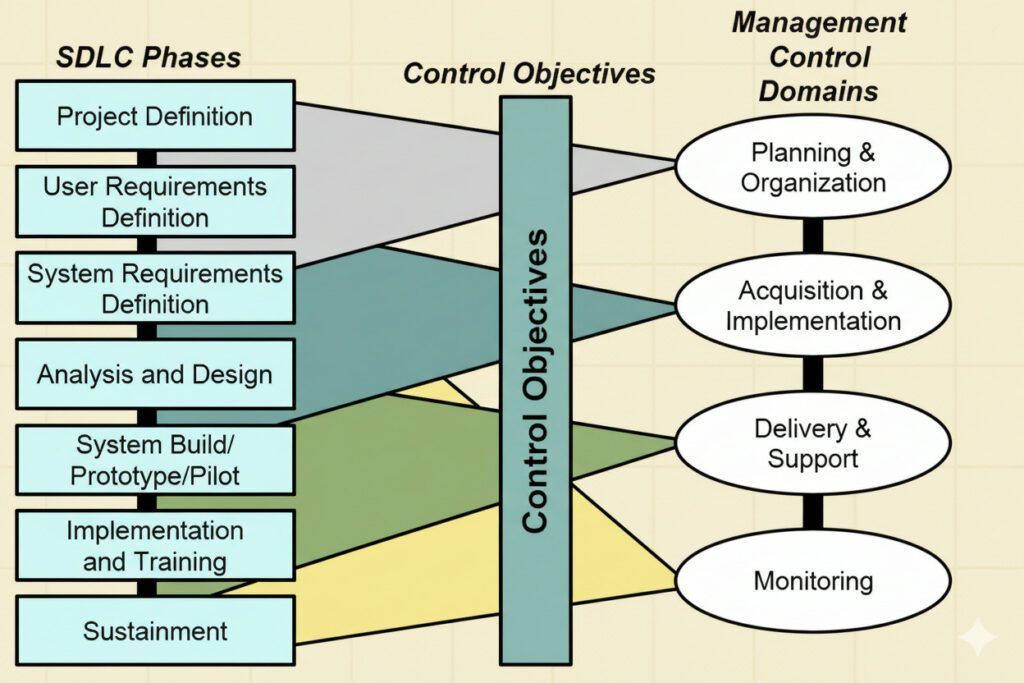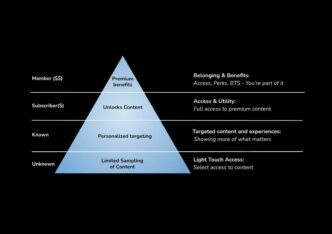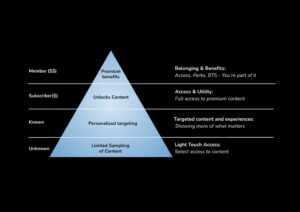

I'm Ali Mahmood, and I've spent 20 years watching the media industry make the same costly mistake: confusing technological activity with strategic impact. As someone who's led digital transformations at news organizations across four continents, I've seen too many smart people chase the latest platform update while their audiences quietly slip away. I'm here to help separate signal from noise!
Media has become a technology business. This isn’t rhetoric, it’s operational reality. Whether you’re running a century-old newspaper or a digital startup, your survival depends on how effectively you deploy technology to reach audiences and generate revenue. As newsrooms face mounting pressure from creator platforms and AI systems, the decision to build custom technology or buy existing solutions has moved from the margins to the center of strategic planning.
Understanding software development lifecycles and conducting rigorous cost analysis aren’t optional skills anymore. They’re survival tools. The industry is littered with expensive failures—custom CMS projects that consumed millions and delivered nothing, ad tech adventures that ended in obsolescence. But there are also remarkable successes where proprietary technology created lasting competitive advantages.
The essential frameworks
The Software Development Life Cycle( ⬅️ long read here) sounds abstract but it’s simply how software gets built in the real world. Understanding its phases helps you spot where projects typically fail and why timelines explode:
- Planning and Requirements: This is where you define what you’re actually building and why. In newsrooms, this phase often gets rushed because everyone thinks they already know what they need. They rarely do. Requirements shift, stakeholders multiply, and scope creeps before a single line of code is written.
- Design: Architecture decisions made here determine whether your system scales or collapses under load. User interface choices affect adoption rates. Database structures impact performance for years. These aren’t just technical decisions—they shape how journalism gets done.
- Development: Where code gets written. Usually the most visible phase and paradoxically the most predictable. Good developers can estimate coding time reasonably well. It’s everything around the coding that destroys schedules.
- Testing: Reveals the gap between intention and reality. Every newsroom that’s built custom tools has stories about features that worked perfectly in development but failed spectacularly when journalists actually used them. Proper testing doubles timelines but prevents disasters.
- Deployment: Moving from controlled environments to production systems where real journalism happens or where distribution happens surfaces integration issues, performance problems, and workflow conflicts that nobody anticipated.
- Maintenance: The phase that never ends. Software isn’t a product you finish it’s a service you provide. Bugs need fixing, features need updating, security patches need applying. The true cost of custom software lives here, accumulating month after month, year after year.

Total Cost of Ownership captures this full lifecycle burden. It’s not just what you pay to build—it’s what you pay to run, maintain, upgrade, and eventually replace. Operational expenses typically dwarf upfront investments. I’ve seen newsrooms spend five times their initial development budget just keeping custom systems running over three years.
The strategic trade-offs
Arguments for buying:
- Speed and predictability—vendors have already absorbed development costs and technical risk
- Your team focuses on journalism instead of debugging code
- Access to ongoing updates and support from specialists
- Proven systems that work from day one
But buying means accepting constraints:
- Limited customization options
- Your data lives in someone else’s system….This is what the first party data is discussion is partially about.
- Dependence on vendor roadmaps and pricing decisions.
- Generic workflows that might not match your newsroom’s needs
Arguments for building:
- Perfect alignment with your specific workflows
- Complete control over features and roadmap
- Ownership of code and data or open source. Open source means somebody did some serious work that you won’t need to pay for.
- Potential competitive advantage through unique capabilities
But building demands sustained commitment:
- Technical talent that understands both code and journalism. Bridge roles become important.
- Deep pockets for development and maintenance
- Tolerance for risk and potential failure
- Years-long commitment to ongoing development
The new complexity
AI adds urgency to these decisions. Should you develop proprietary AI tools or integrate existing services? The same calculus applies: What’s core to your value proposition? What resources can you commit? Where will proprietary capability create lasting advantage?
The creator economy raises the stakes. Individual creators now have access to sophisticated tools from major platforms. News organizations must match or exceed these capabilities while maintaining journalistic standards.
A strategic framework
The build versus buy decision isn’t binary, it’s a spectrum of options. As Aakash Gupta argues in his product leader’s guide, these decisions should align with your strategic priorities and organizational capabilities. The International News Media Association’s recent analysis similarly highlights this “gray area” between pure building and buying.
Build when:
- The technology is central to your unique value proposition
- You have resources to sustain development over years, not months
- Off-the-shelf solutions fundamentally don’t meet your needs
- The competitive advantage justifies the risk
Buy when:
- You need proven capability quickly
- The function, while necessary, isn’t your differentiator
- Your resources are better spent on content and audience development
- Vendor solutions meet 80% or more of your requirements
The hybrid path often makes most sense: buy core platforms but customize through APIs and open source integrations. This balances control with efficiency. Modern vendors increasingly offer this flexibility, understanding that no single solution fits every newsroom.
Without technical leadership at the strategic level, even established media organizations risk irrelevance. The future belongs to those who treat technology decisions as editorial decisions because in digital media, they’re the same thing.












